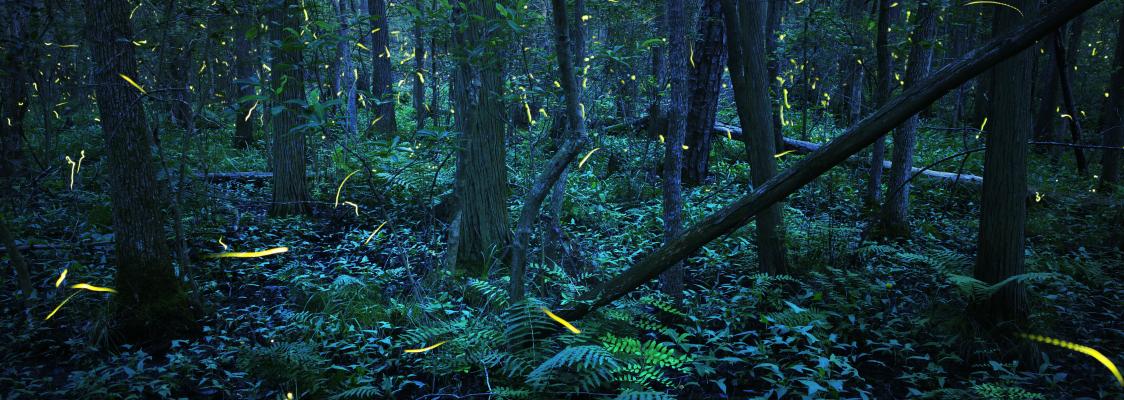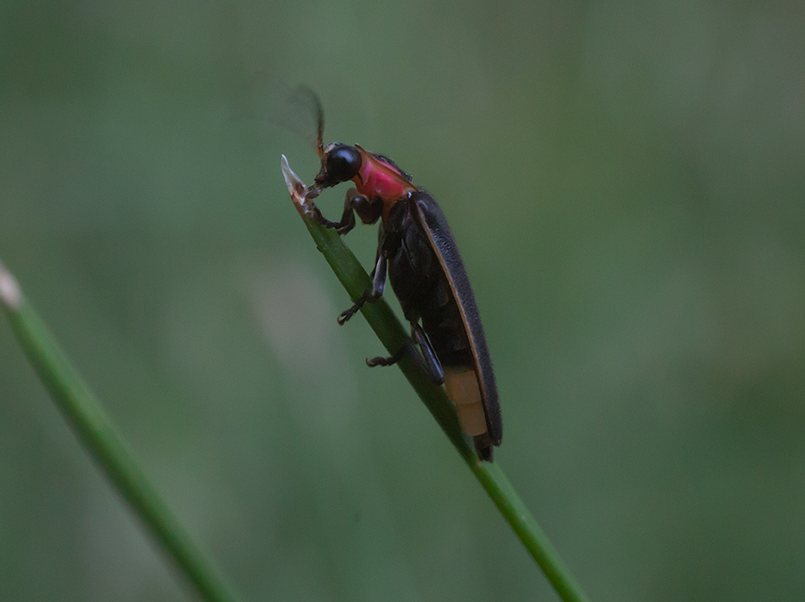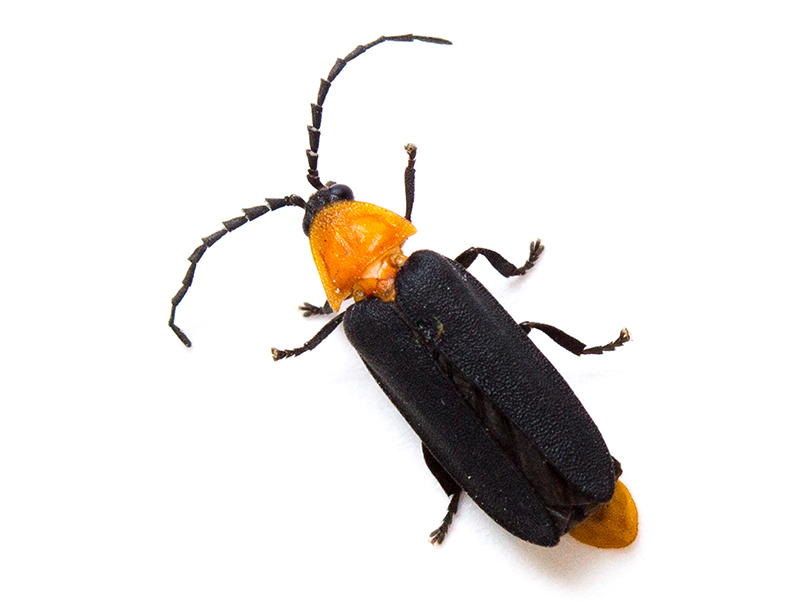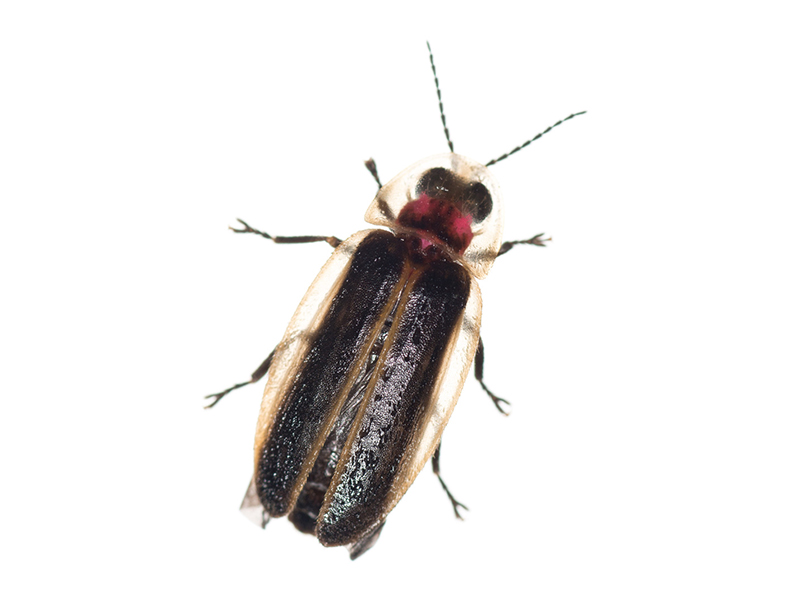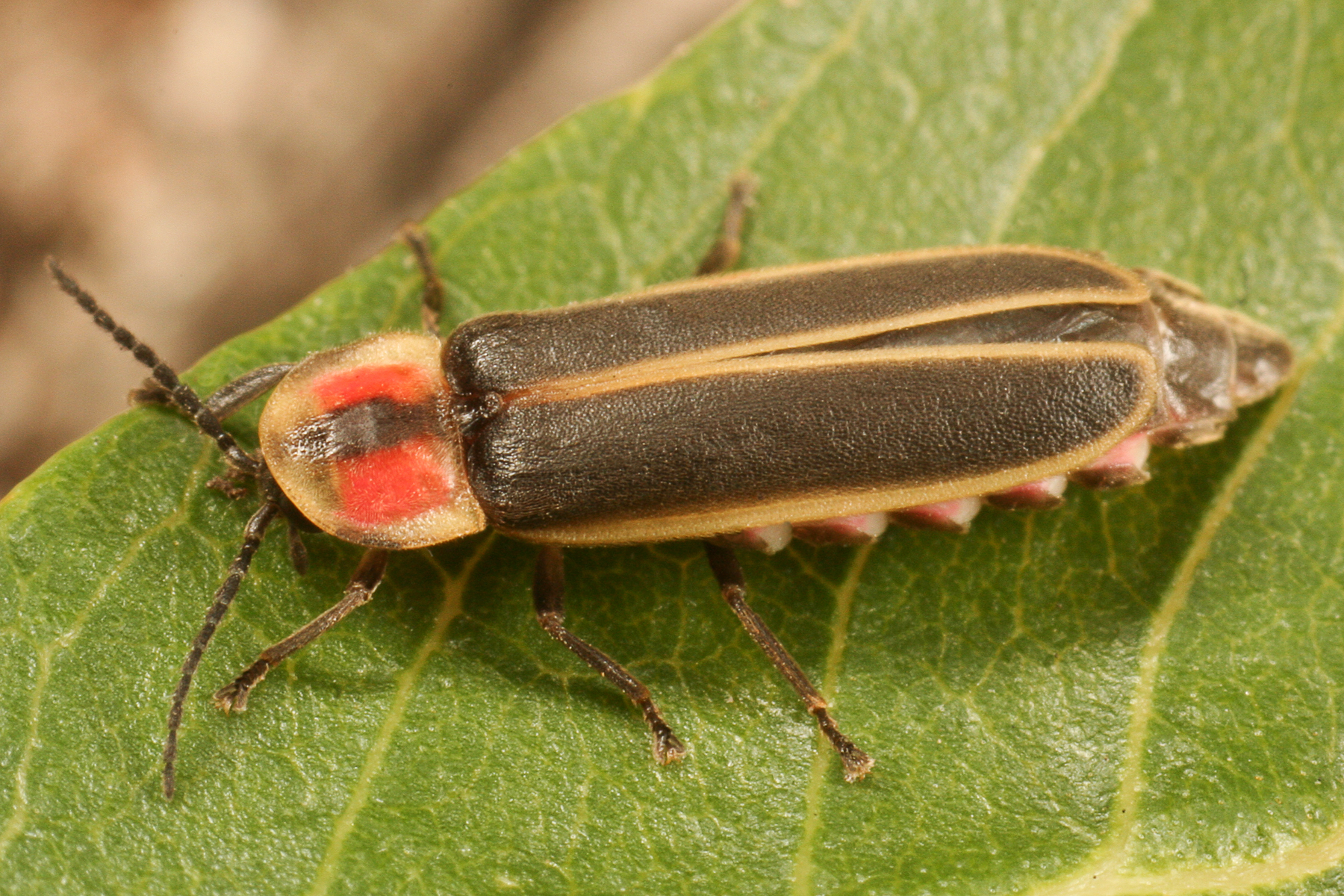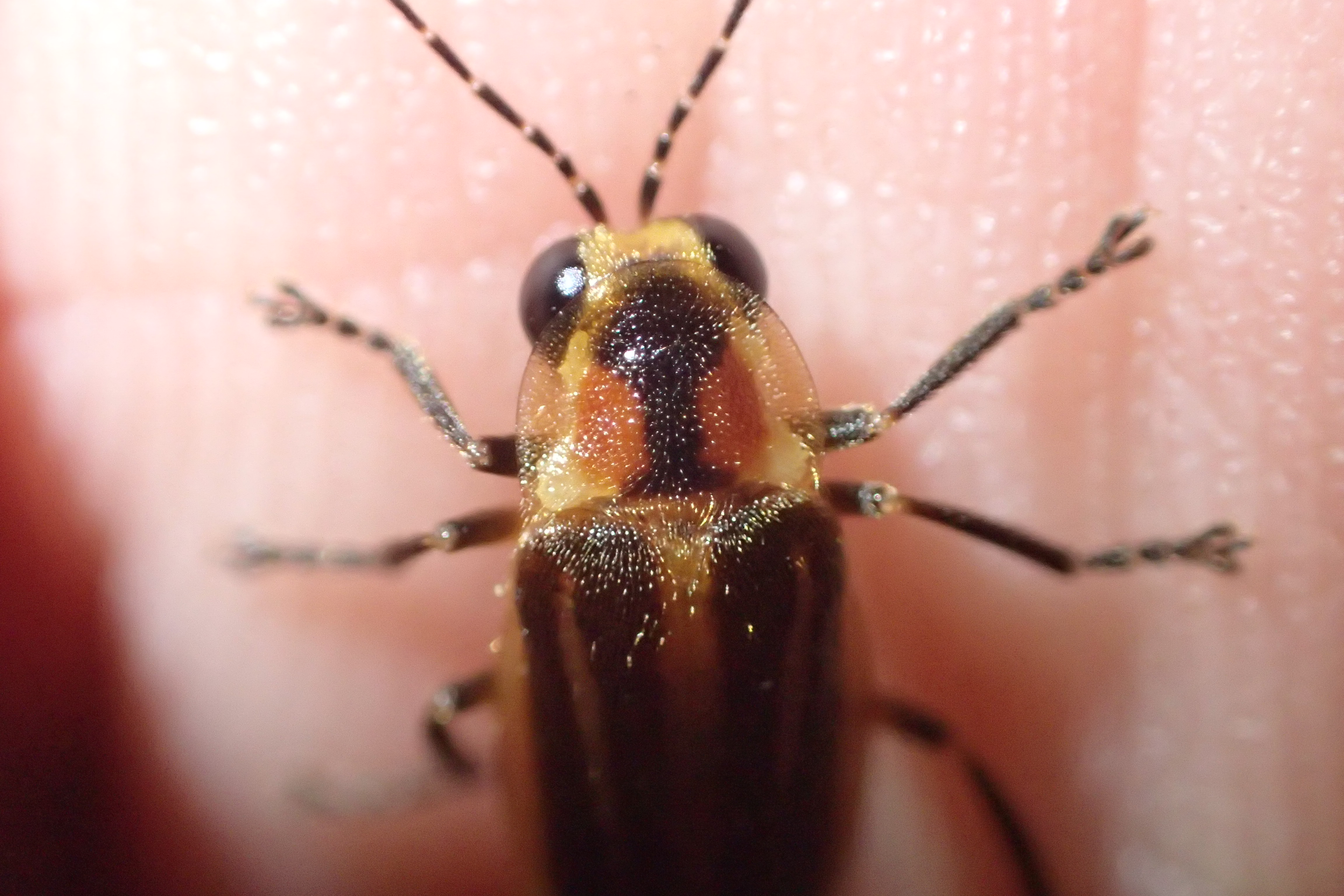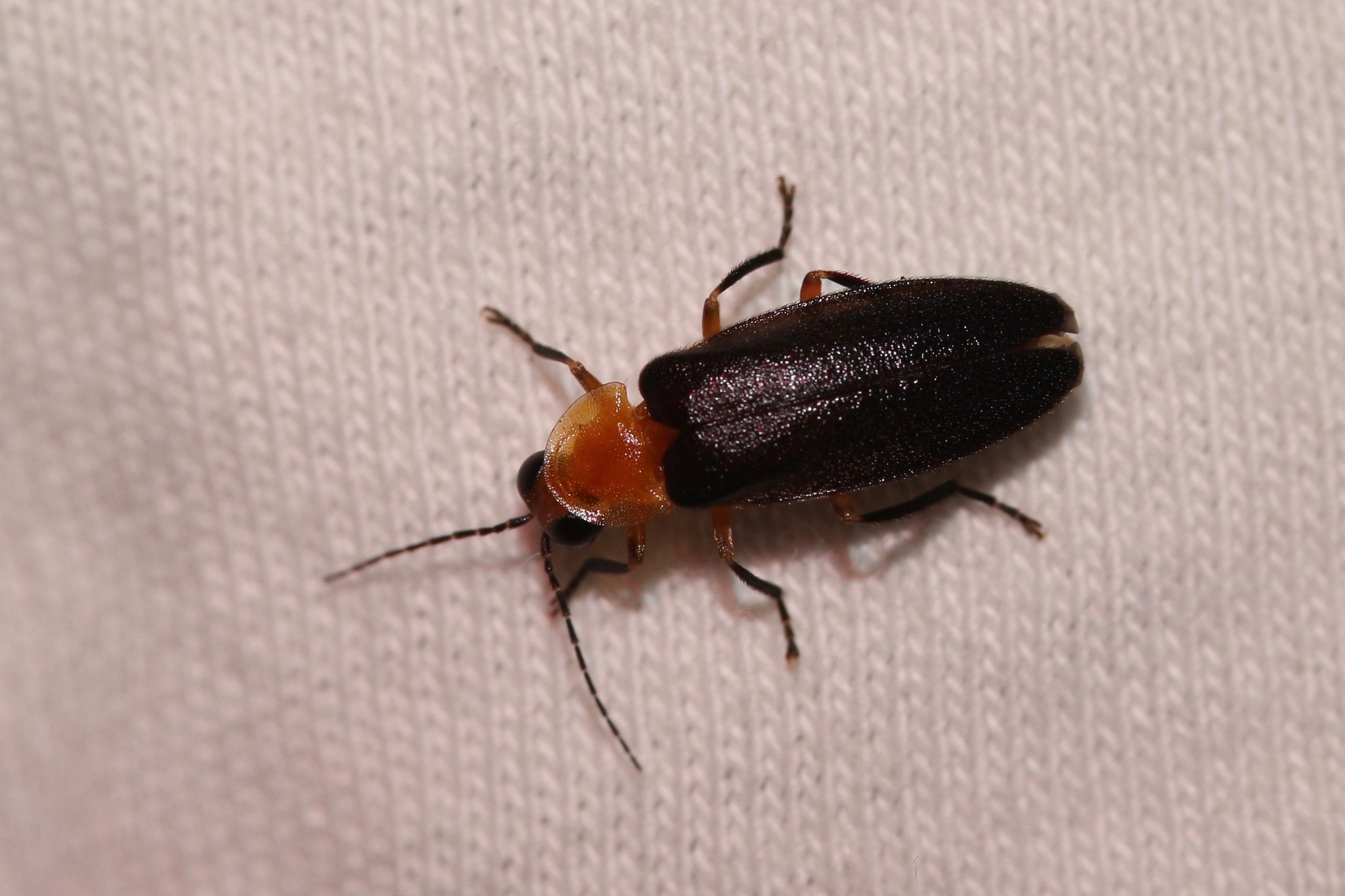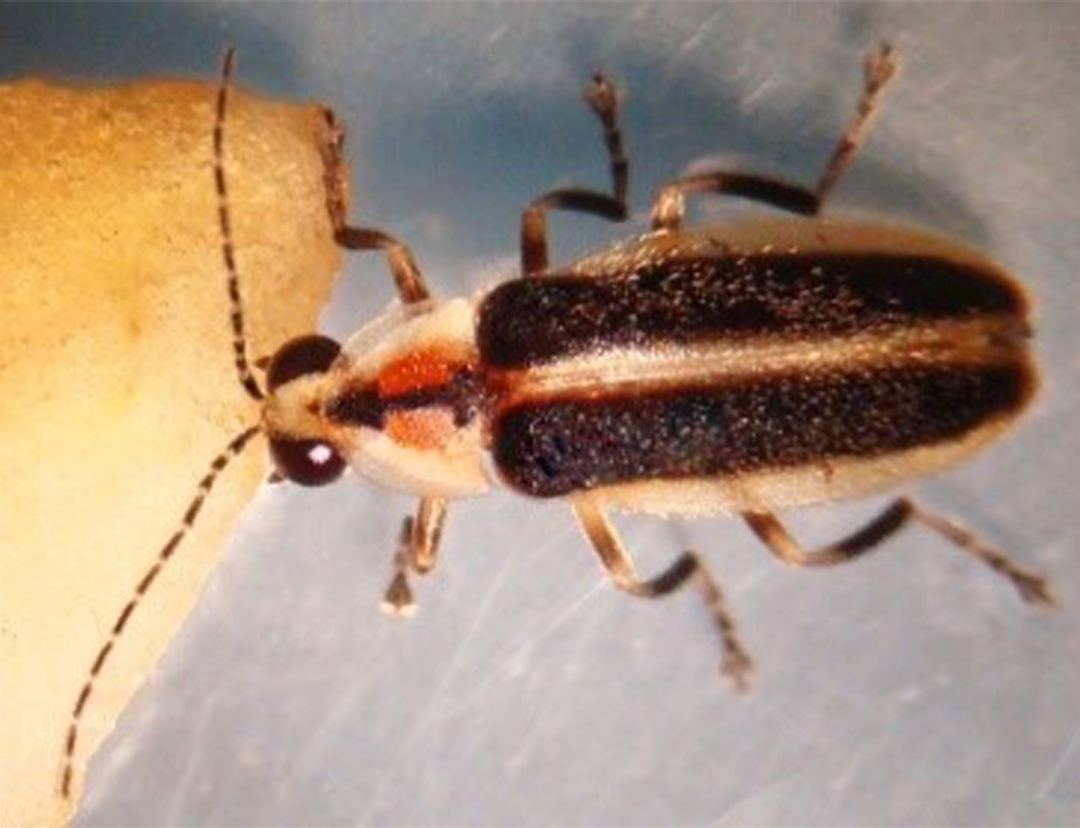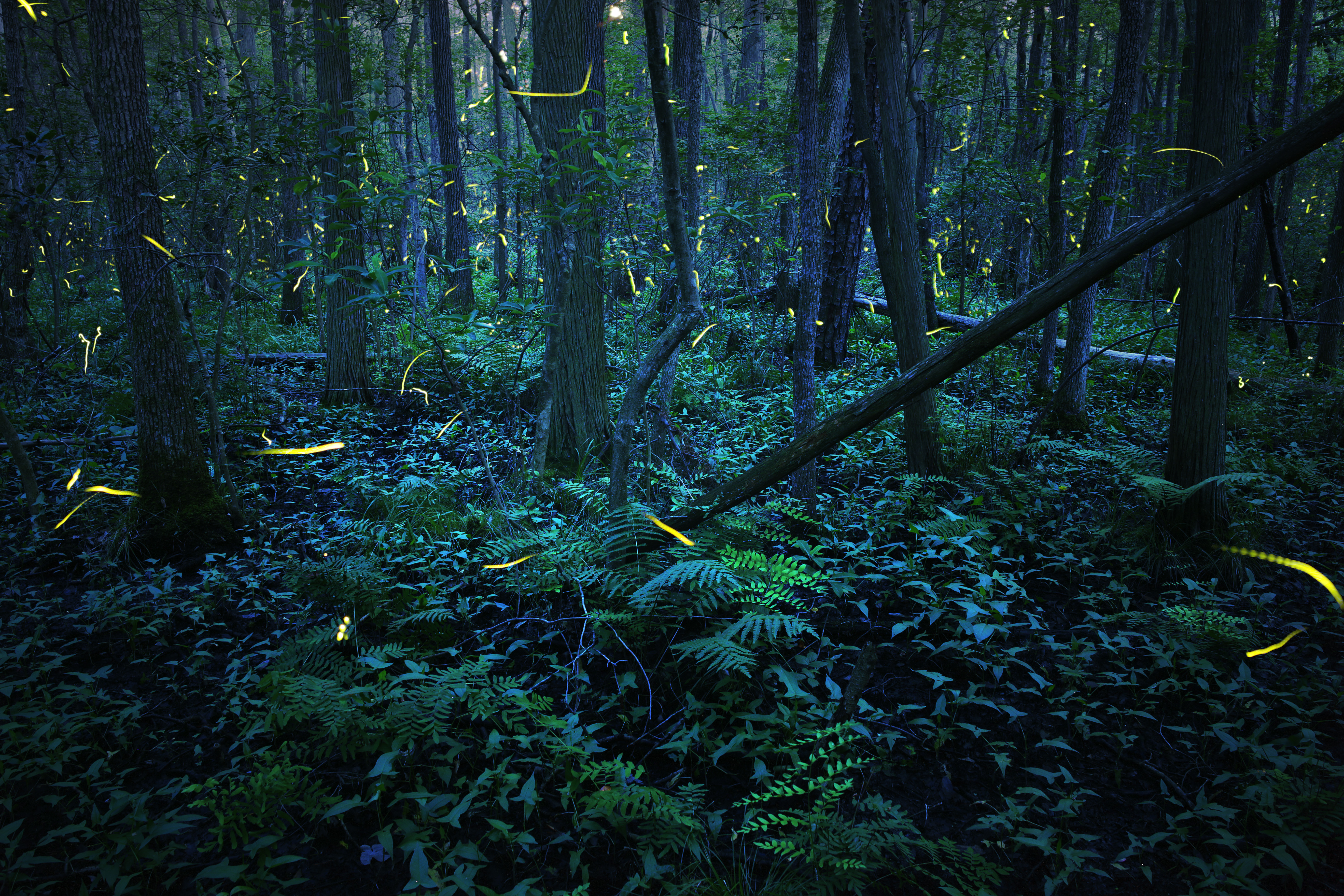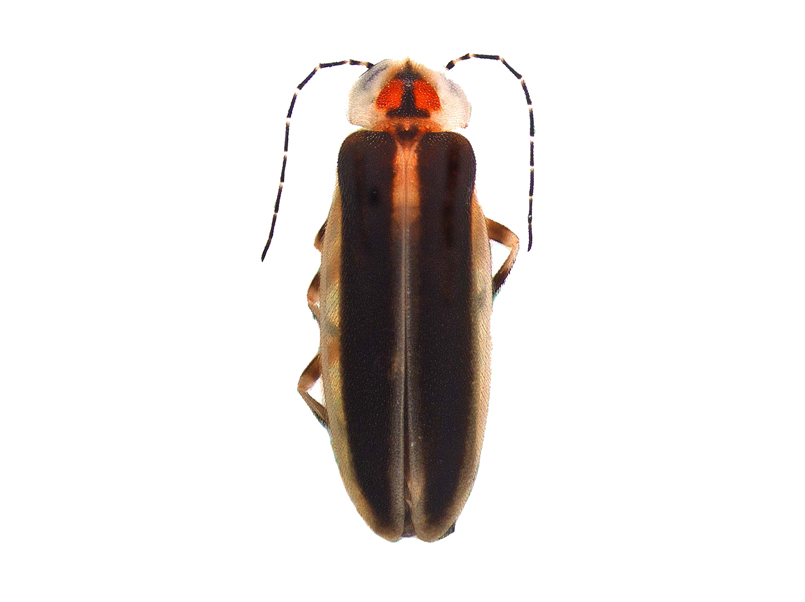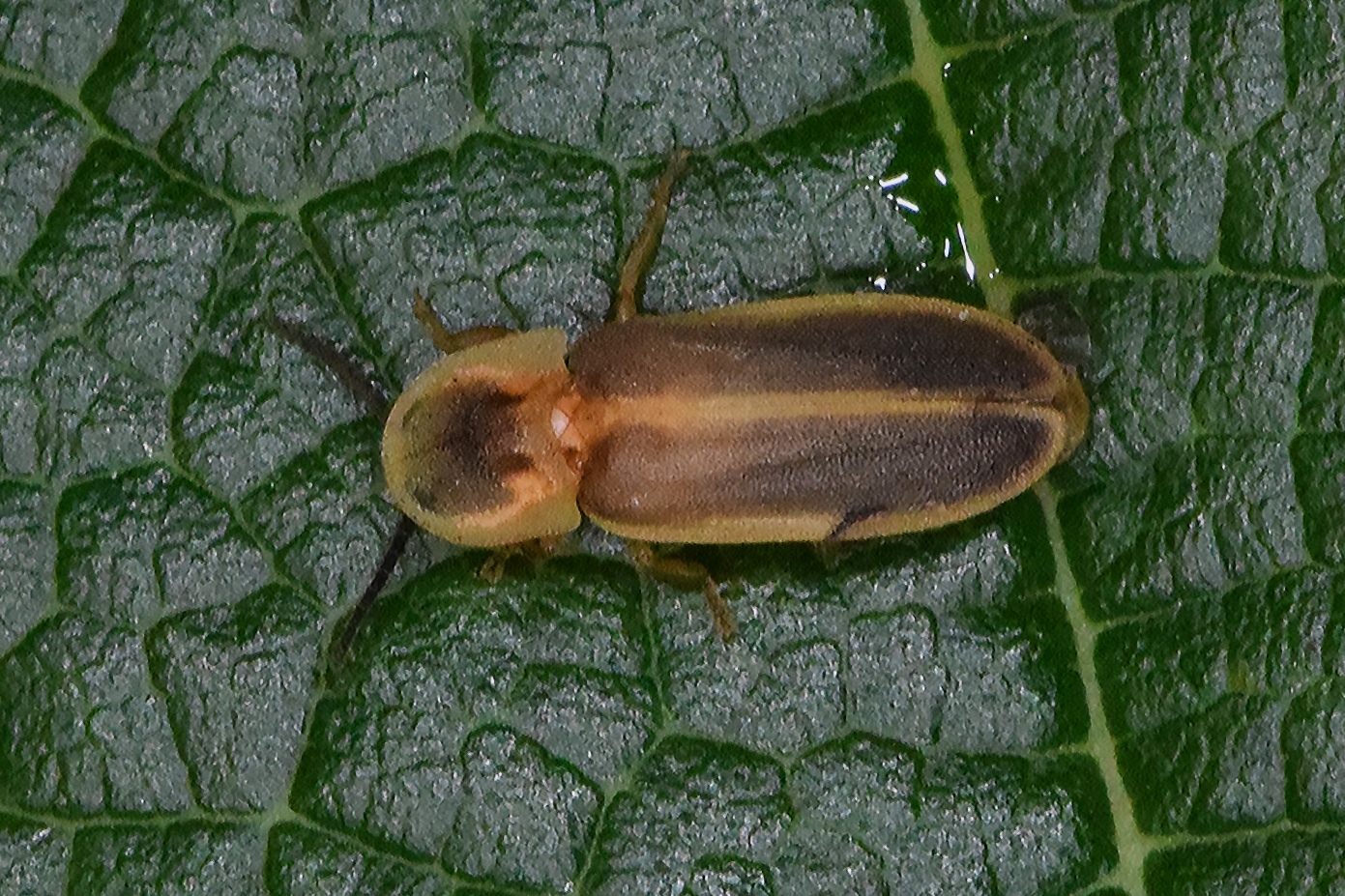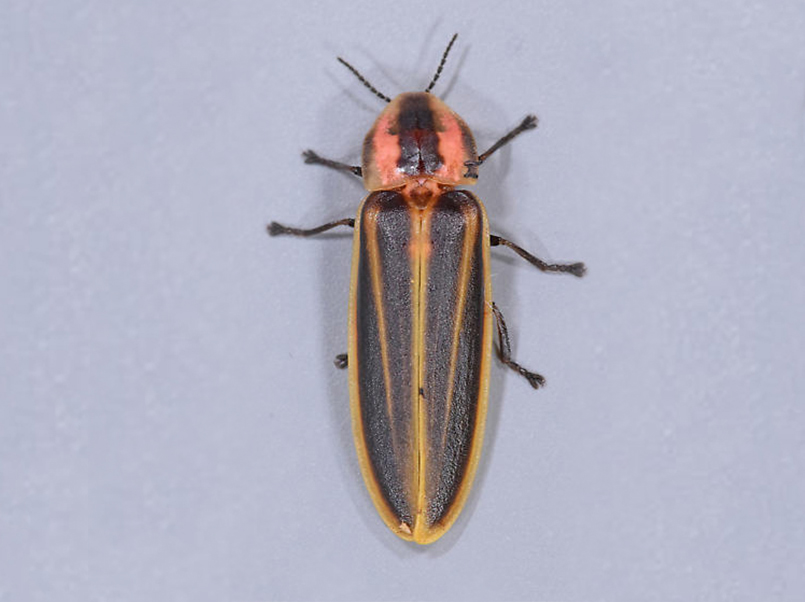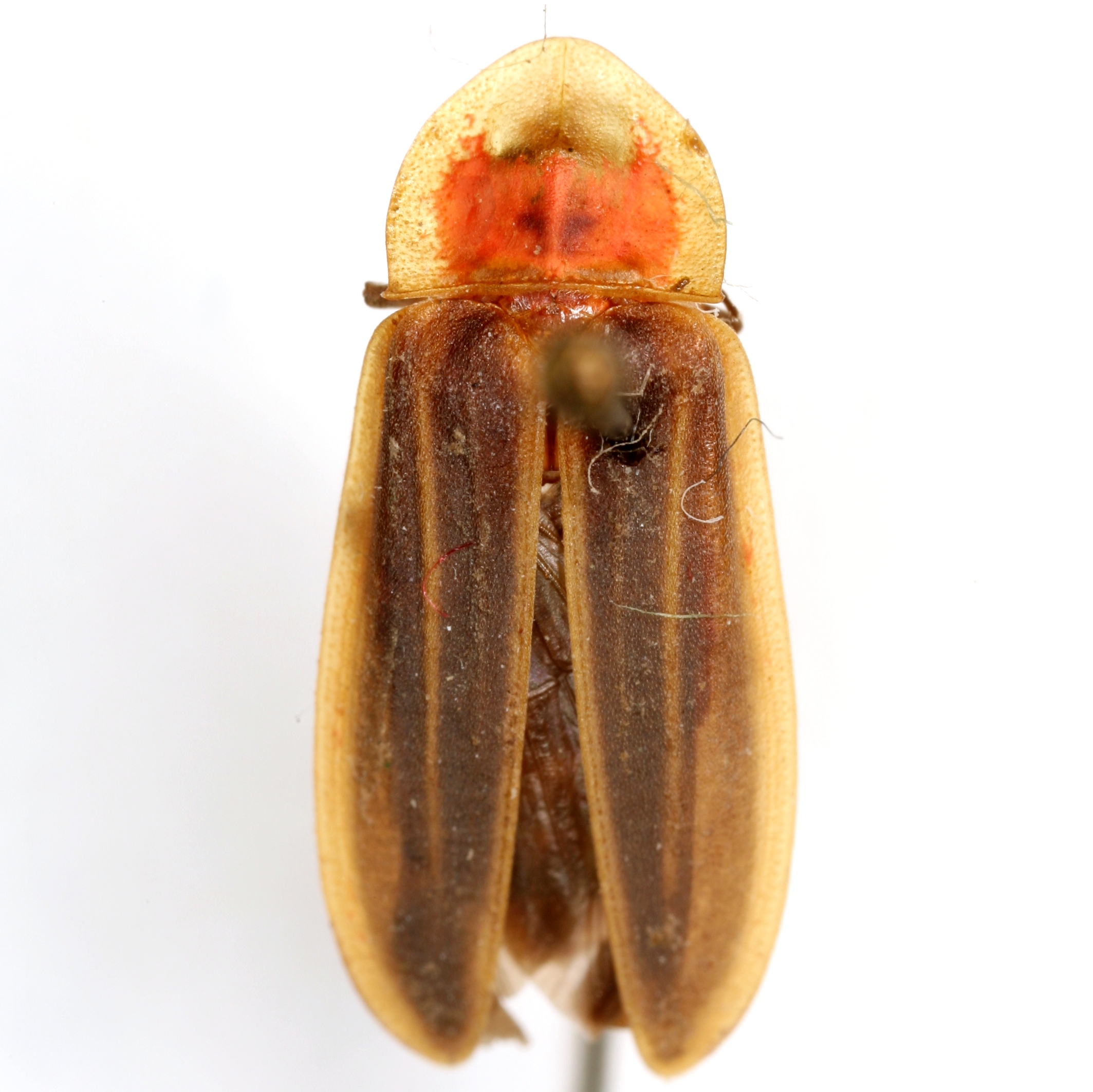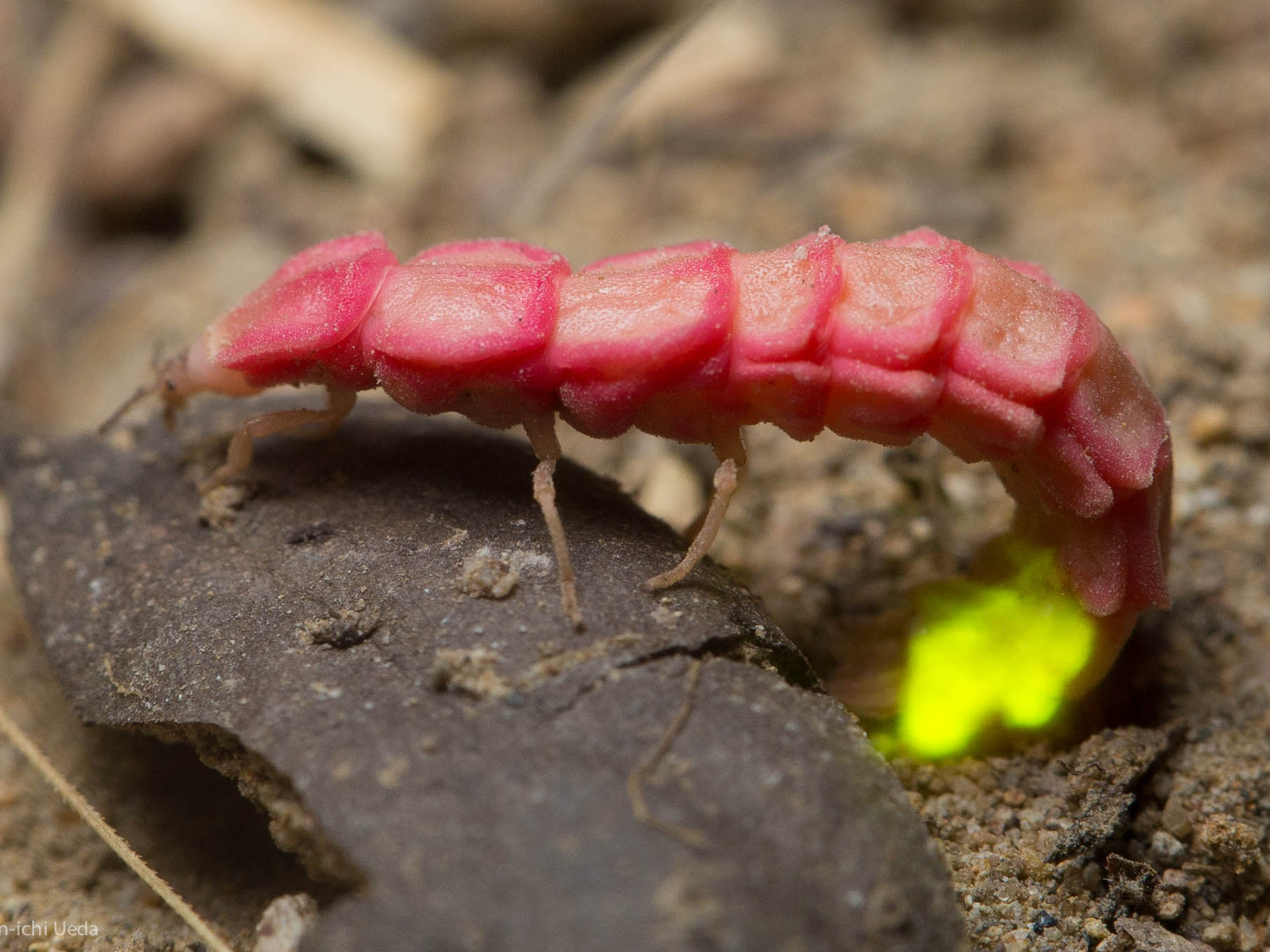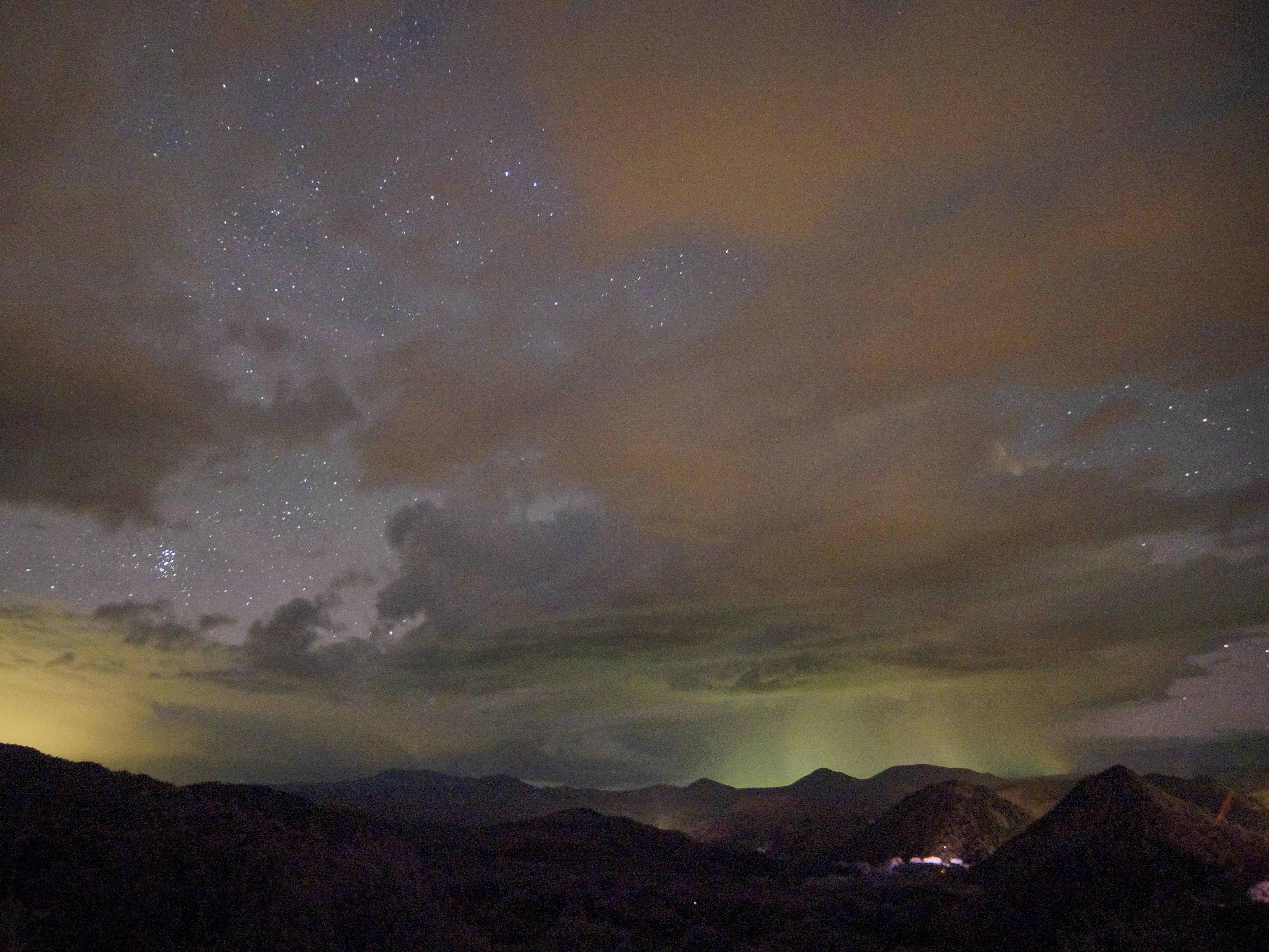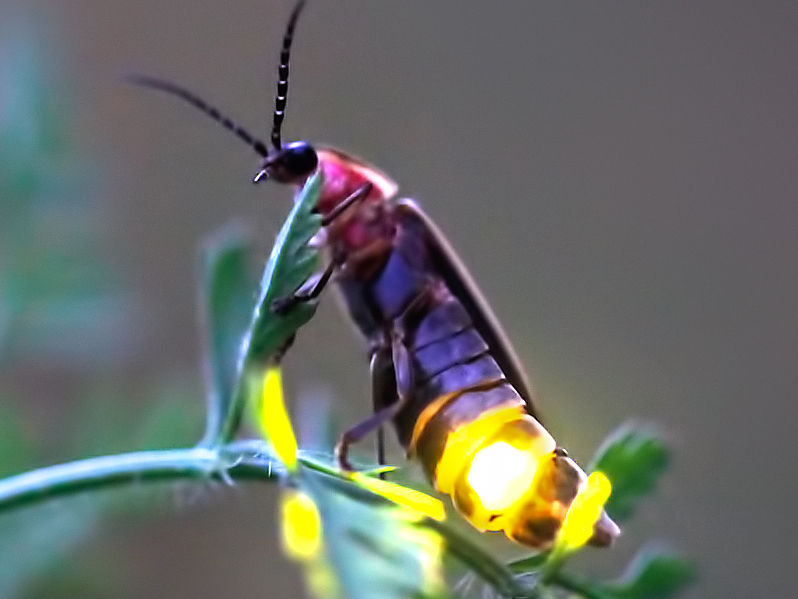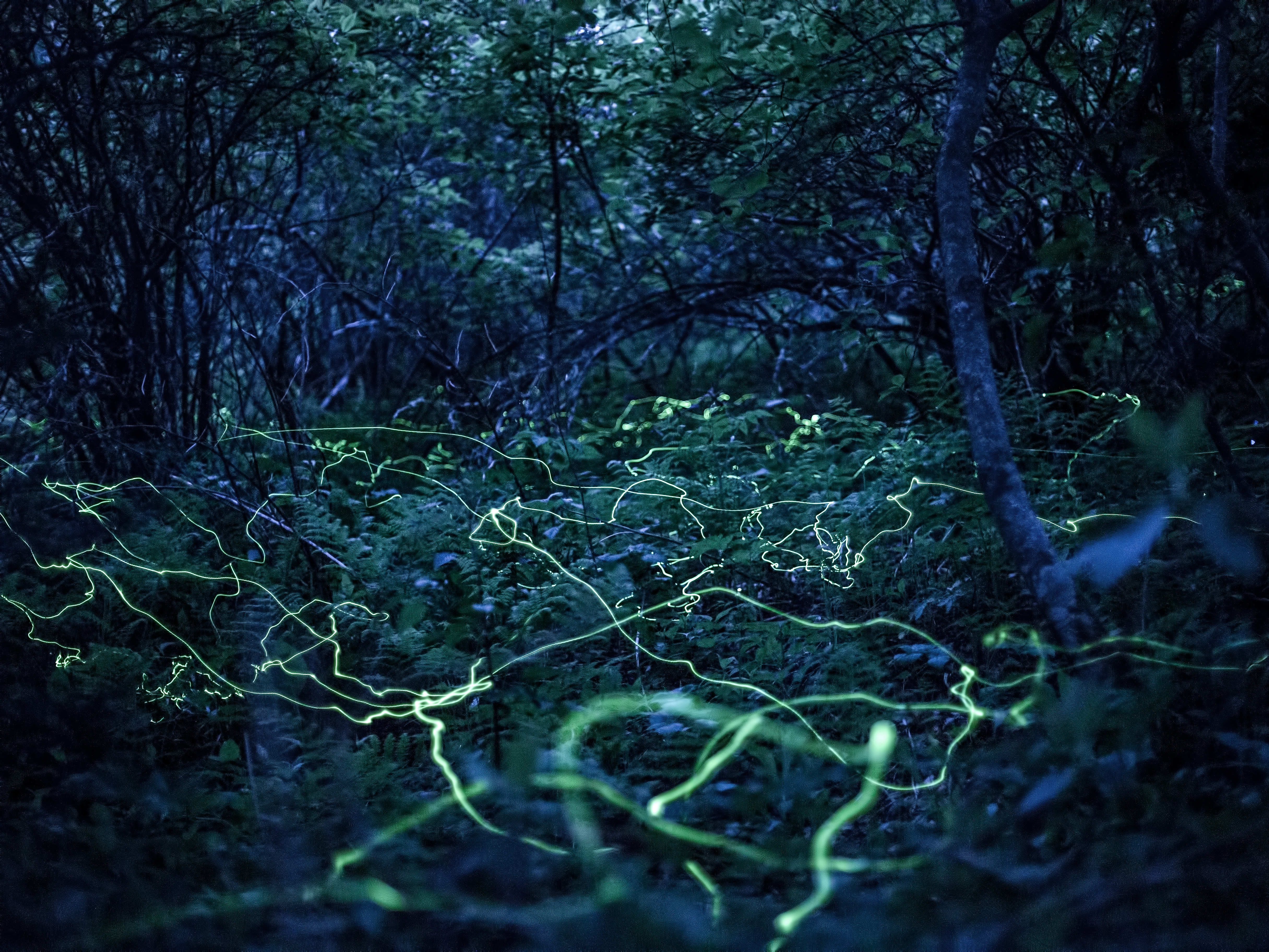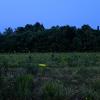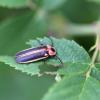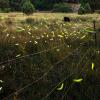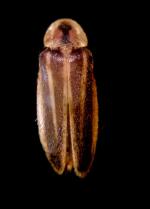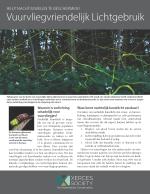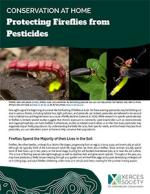Fireflies are some of our most cherished and celebrated insects, dazzling us with their beautiful light displays and playing important roles in human medicine, technology, and culture. Ecologically, they are significant predators in local food webs and serve as prey to other animals.
In the wake of mounting anecdotal evidence of their decline, the global research community is taking note. Here at Xerces, we are tackling firefly conservation on all fronts—by focusing on species whose life history traits make them more vulnerable to extinction, but also working to keep common species common.
Some of the key threats thought to be affecting firefly populations include habitat loss and degradation, light pollution, pesticide use, and climate change-induced drought. By working with land managers, researchers, and community scientists, we aim to assess the conservation status of fireflies, protect and restore known habitat, and conduct research to fill in knowledge gaps surrounding their diverse life histories, population trends, and responses to threats.

